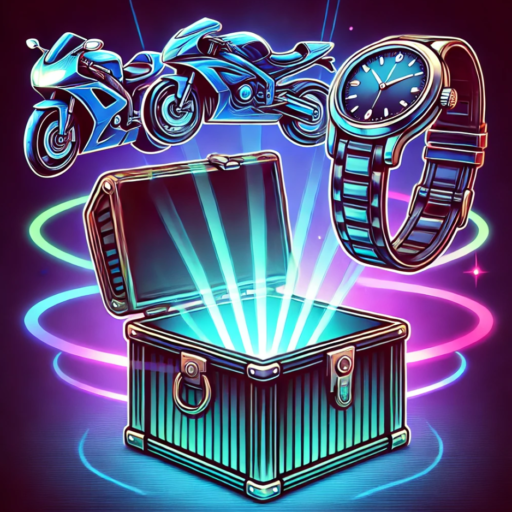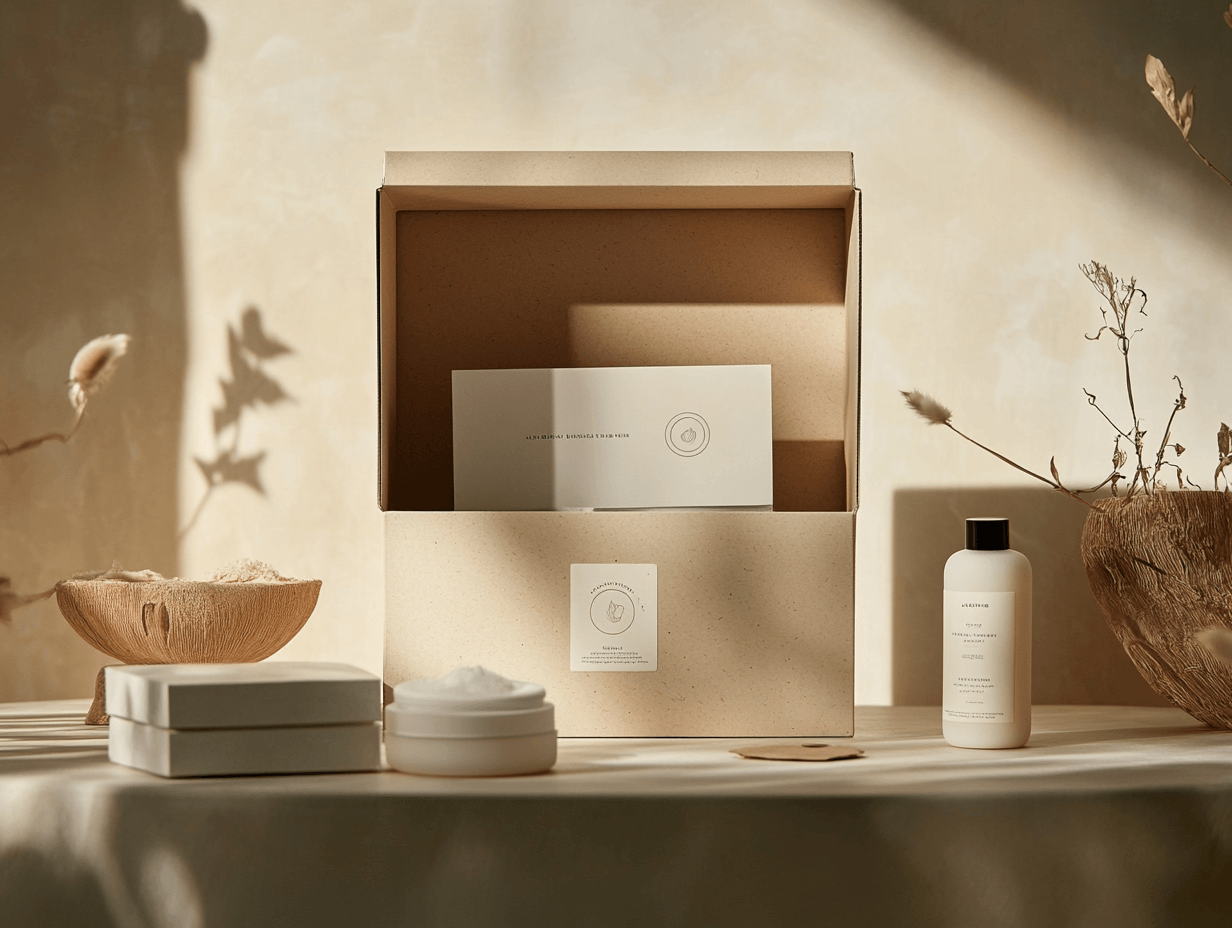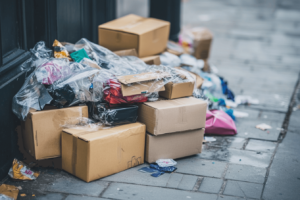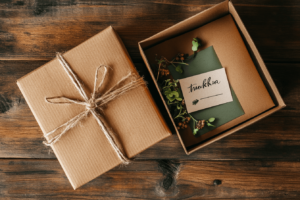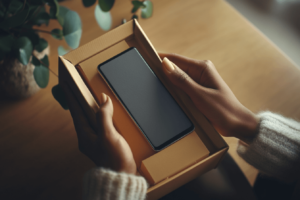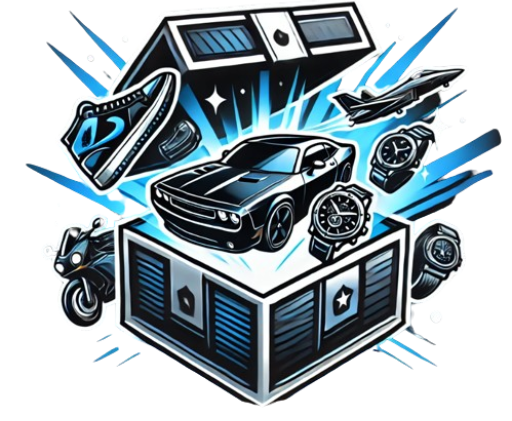The rise of unboxing: a trend in consumer experience
Unboxing has become an essential part of the modern consumer experience, especially in industries like fashion, tech, and beauty. It’s no longer just about opening a package; it’s about the emotions and excitement tied to the process. As brands increasingly realize the power of unboxing, this trend has evolved from a functional act to a highly anticipated event.
The origins of unboxing in retail
In the early days of consumer goods, packaging was strictly functional. Items were wrapped or boxed to ensure their safety during transit or storage, with little attention paid to the unboxing experience. Packaging was utilitarian, often plain, with only a basic label or a company logo indicating the contents. The idea of an “experience” surrounding the unboxing of a product was not a consideration.
Packaging primarily existed to protect products and deliver them safely to customers. In fact, the design was often dictated by practicality rather than style, with materials chosen for durability and cost-effectiveness. Consumers simply opened their packages, used the product, and moved on.
The emergence of the unboxing phenomenon in social media
The concept of unboxing began to take on a new meaning with the rise of social media platforms like YouTube and Instagram. Consumers began documenting their unboxing experiences, posting videos and images of the moment they received a product. Unboxing videos became a sensation, with millions of views dedicated to watching someone open a package. The process itself became an entertainment experience, and brands quickly realized the marketing potential of these moments.
As more consumers shared their experiences, the concept of unboxing evolved from a simple action to an opportunity for connection. Brands took notice, understanding that the way a product was presented in its packaging could become an integral part of their marketing strategy. This transformation has had a lasting impact on how products are packaged today.
Packaging innovations: from practicality to personalization
Packaging has moved from a purely functional tool to a form of personal expression and a key part of brand identity. As consumers increasingly value unique experiences, packaging became an avenue for creativity and personalization.
Early packaging: functionality first
In the past, packaging was about one thing protection. The primary concern was ensuring that products arrived safely at their destination, especially in the early days of retail. Boxes were designed to be sturdy, often constructed from wood, metal, or simple cardboard, while wrapping materials like paper and fabric were used to prevent damage.
The function of packaging was straightforward and often mundane. Consumers were mostly concerned with the product itself, and the packaging was just a means to an end. There were no frills, no custom designs, and no effort to make the unboxing a memorable experience. The contents were the main event.
The shift towards aesthetic appeal in packaging
As consumer culture evolved and disposable income increased, packaging began to take on a more significant role. Designers and brands started to realize that a well-designed package could influence a consumer’s perception of the product. The unboxing experience started to matter, and companies began to invest in packaging that could elevate their products in the eyes of consumers.
Packaging began to serve not just as a functional element but as a key marketing tool. The colors, textures, and shapes used in packaging were chosen not only to protect the product but to reflect the brand’s values and style. Companies began to understand that attractive packaging could create a lasting impression and encourage repeat business.
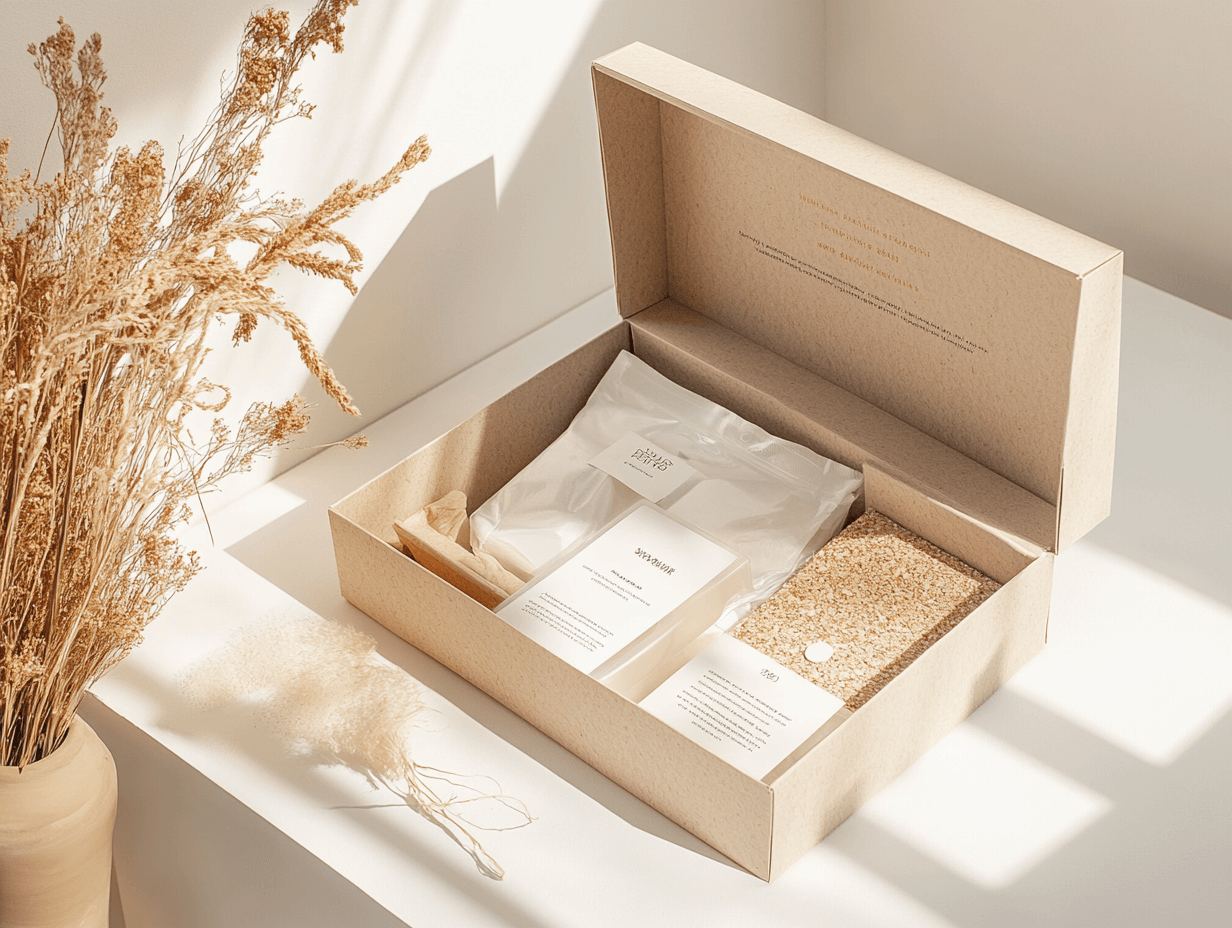
The role of unboxing in branding and customer engagement
Unboxing has become a crucial tool for branding, with companies investing heavily in designing packaging that resonates with their target audience. The experience of opening a package now extends far beyond just the product itself.
Unboxing as a marketing tool
Unboxing has evolved into a powerful marketing tool. Brands carefully design packaging to ensure that customers have an emotional reaction the moment they open the box. It’s not just about what’s inside but how the customer feels during the process. This is why more companies are paying attention to every detail, from the box design to the wrapping materials to the inclusion of extra surprises like stickers, personalized notes, or promotional items.
Brands that get it right can build customer loyalty, create positive word-of-mouth, and turn unboxing into an act of storytelling. When customers are excited by the unboxing experience, they are more likely to share their experience on social media, which helps brands gain visibility and credibility.
How brands use packaging to build customer loyalty
Packaging can directly affect customer loyalty. When a brand delivers an exceptional unboxing experience, it creates a memorable moment that customers associate with the brand. This positive experience can lead to repeat purchases and long-term customer retention.
One of the ways brands build loyalty through packaging is by aligning it with the customer’s values. For example, a brand that prides itself on sustainability might use eco-friendly materials, making customers feel good about their purchase. A luxury brand, on the other hand, might focus on high-end finishes like embossed logos or silk lining to create a sense of exclusivity and sophistication.
By delivering on the promise of quality through packaging, brands are able to connect with their customers on an emotional level, which is key to fostering long-term loyalty.
The influence of digital culture on packaging trends
With the rise of social media and digital platforms, packaging has been heavily influenced by digital culture. The unboxing experience has become a visual spectacle, with customers documenting and sharing their moments of discovery for all to see.
Unboxing videos and their impact on consumer behavior
The rise of unboxing videos has had a profound effect on consumer behavior. These videos give potential customers a firsthand look at the product and packaging before they make a purchase. They help build excitement and provide reassurance about the quality of the product and the attention to detail in the packaging.
As consumers watch others unpack their products, they begin to expect a certain level of presentation and experience in return. This has pushed brands to focus even more on creating packaging that delights not only for its protective qualities but for its ability to captivate and excite.
The role of social media in shaping packaging expectations
Social media platforms like Instagram, TikTok, and YouTube have significantly altered consumer expectations. Brands now have to think about how their packaging will look in photos and videos, knowing that consumers will share their unboxing experiences online. Social media has made the packaging experience a highly visual affair, and companies are investing more in creating visually appealing designs that will look good in posts and stories.
The visibility of unboxing moments has also led to increased competition among brands, pushing them to create more unique and innovative packaging. Consumers today expect packaging that is not just functional but also stylish and Instagram-worthy.
Sustainable packaging: a growing focus
As environmental concerns grow, sustainability has become an essential consideration in packaging design. Today, many companies are shifting toward eco-friendly packaging solutions that reflect a growing commitment to environmental responsibility.
Eco-friendly packaging solutions over time
In the past, packaging materials were often wasteful and non-recyclable. However, with increasing awareness of the environmental impact of packaging waste, many brands have made the shift toward eco-friendly alternatives. Biodegradable materials, recyclable packaging, and minimalistic designs are now becoming the norm.
This shift is not just about reducing waste but also about aligning a brand’s values with those of increasingly eco-conscious consumers. Brands that embrace sustainability in their packaging often see positive reactions from customers who value environmental responsibility.
The environmental shift in modern unboxing practices
Today’s unboxing experience has incorporated sustainability as a key element. From recycled cardboard boxes to plant-based wrapping materials, brands are moving towards packaging that has less impact on the environment. In some cases, brands even encourage customers to recycle or reuse their packaging.
This environmental shift has led to a broader trend of conscious consumption, where customers seek out brands that prioritize sustainability. As more brands embrace eco-friendly packaging, it’s clear that sustainability is no longer a niche trend but a fundamental expectation.
The future of unboxing: what’s next for packaging?
As packaging continues to evolve, the future holds exciting possibilities. With technological advancements and changing consumer expectations, the unboxing experience will likely continue to transform.
Technological advances in packaging
One of the most exciting developments in packaging is the incorporation of technology. From QR codes to augmented reality experiences, packaging is beginning to incorporate digital elements that enhance the unboxing experience. Some brands are using technology to tell stories or offer exclusive content, giving customers a more immersive experience.
Smart packaging solutions could soon become the norm, providing customers with interactive, customized experiences. This could lead to even more engaging and memorable unboxing moments in the future.
The evolving consumer expectations for unboxing experiences
As the demand for personalized and exciting experiences grows, packaging will continue to be an essential tool for brands to connect with their customers. The future of unboxing will likely focus on sustainability, innovation, and personalization. Consumers will expect brands to offer packaging that is not only eco-friendly but also unique, memorable, and aligned with their values.
